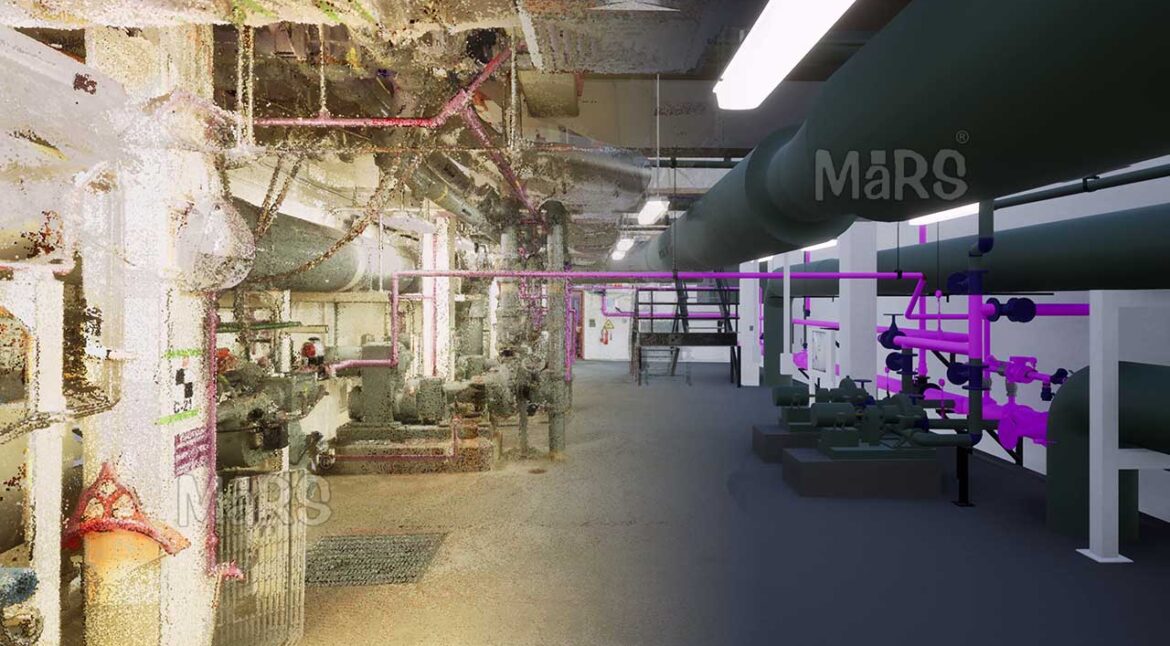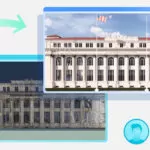What are the benefits of Scan to BIM Services?
The BIM model made from scan data is very accurate. It shows the current condition of the building. This is useful for clash detection and planning changes. It helps save time during construction. The model can include electrical, plumbing, and HVAC details. It also helps in creating shop drawings and quantity take-offs. Scan to BIM is used in hospitals, airports, factories, and old buildings. It is a smart way to start any renovation or expansion project.
Below are the key benefits used by architects, engineers, contractors, and facility managers.
1. High Accuracy and Detail
Scan to BIM captures real-world conditions with millimeter-level precision. The resulting point cloud shows walls, floors, ceilings, structure, MEP systems, and even surface irregularities. This level of detail reduces errors in measurements and model geometry.
2. Better Design and Planning
Design teams can use the BIM model to fit new elements into the existing structure. This helps plan renovations, retrofits, or system upgrades with confidence. Accurate base conditions make it easier to design around constraints and avoid rework.
3. Faster and Safer Data Collection
Laser scanning captures data quickly without disrupting site activities. Surveyors don’t need to enter tight or unsafe areas to take manual measurements. One scan session can replace days of manual data collection.
4. Fewer Site Visits
Once the point cloud is captured, teams can extract measurements and verify details remotely. This reduces the number of trips to the site, saving time and cutting travel costs.
5. Reliable As-Built Documentation
Scan to BIM provides an accurate, digital as-built record that reflects the building’s real condition. This can replace or supplement outdated or missing drawings. It is especially useful for historical buildings, complex facilities, or infrastructure projects.
6. BIM for Facility Management
The model can include asset tags, equipment data, and space information. This supports operations, maintenance scheduling, and lifecycle planning. Facility teams can use the model in platforms that support IFC or COBie formats.
7. Time and Cost Savings
By reducing field errors, minimizing rework, and improving coordination, Scan to BIM helps save both time and money. Fewer RFIs and change orders mean a smoother project flow.
8. Easy Integration with BIM Software
Point clouds from laser scanners can be imported into Revit, Navisworks, Archicad, or other BIM tools. This supports workflows like modeling, coordination, analysis, and documentation within a single environment.


